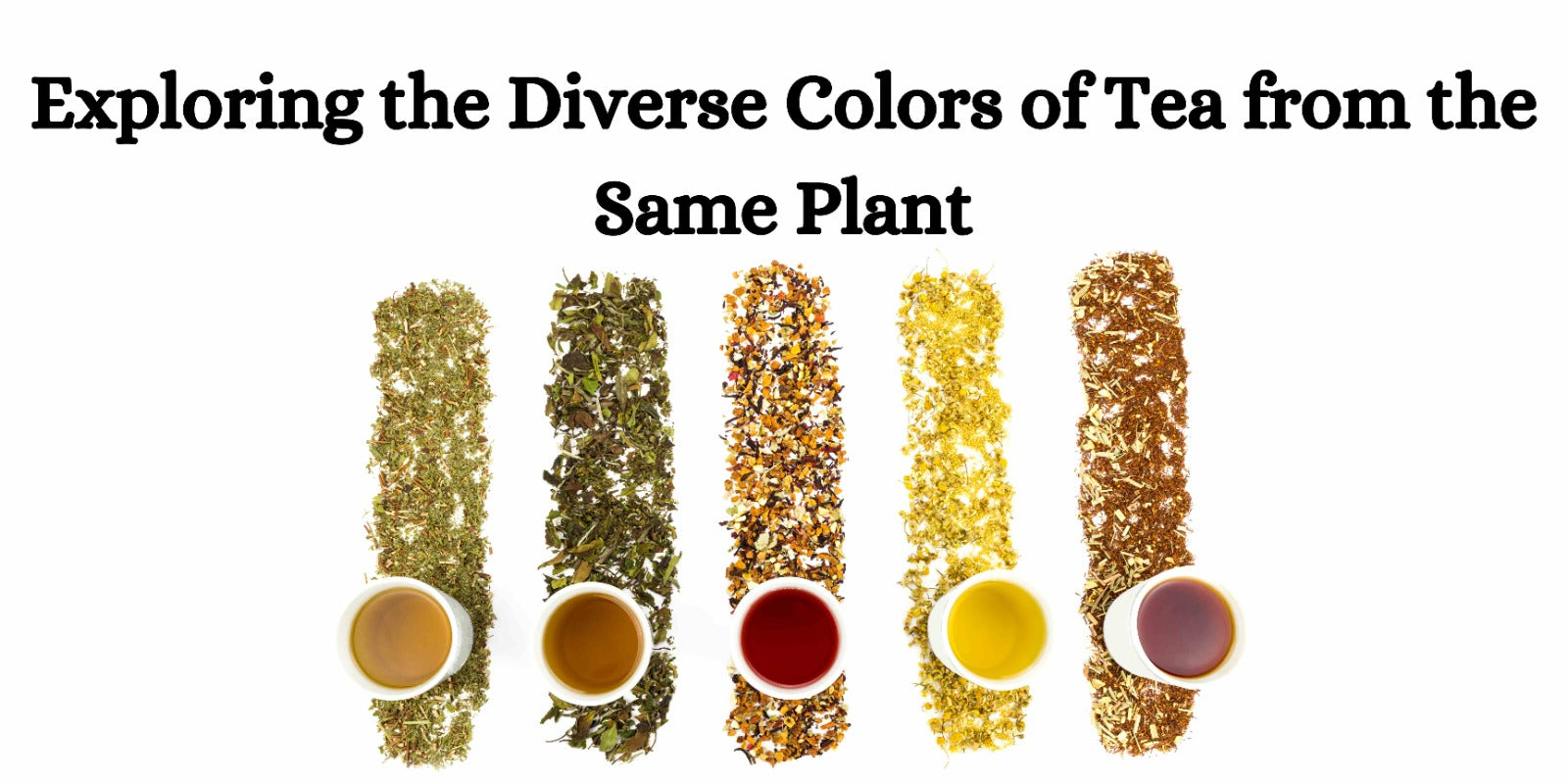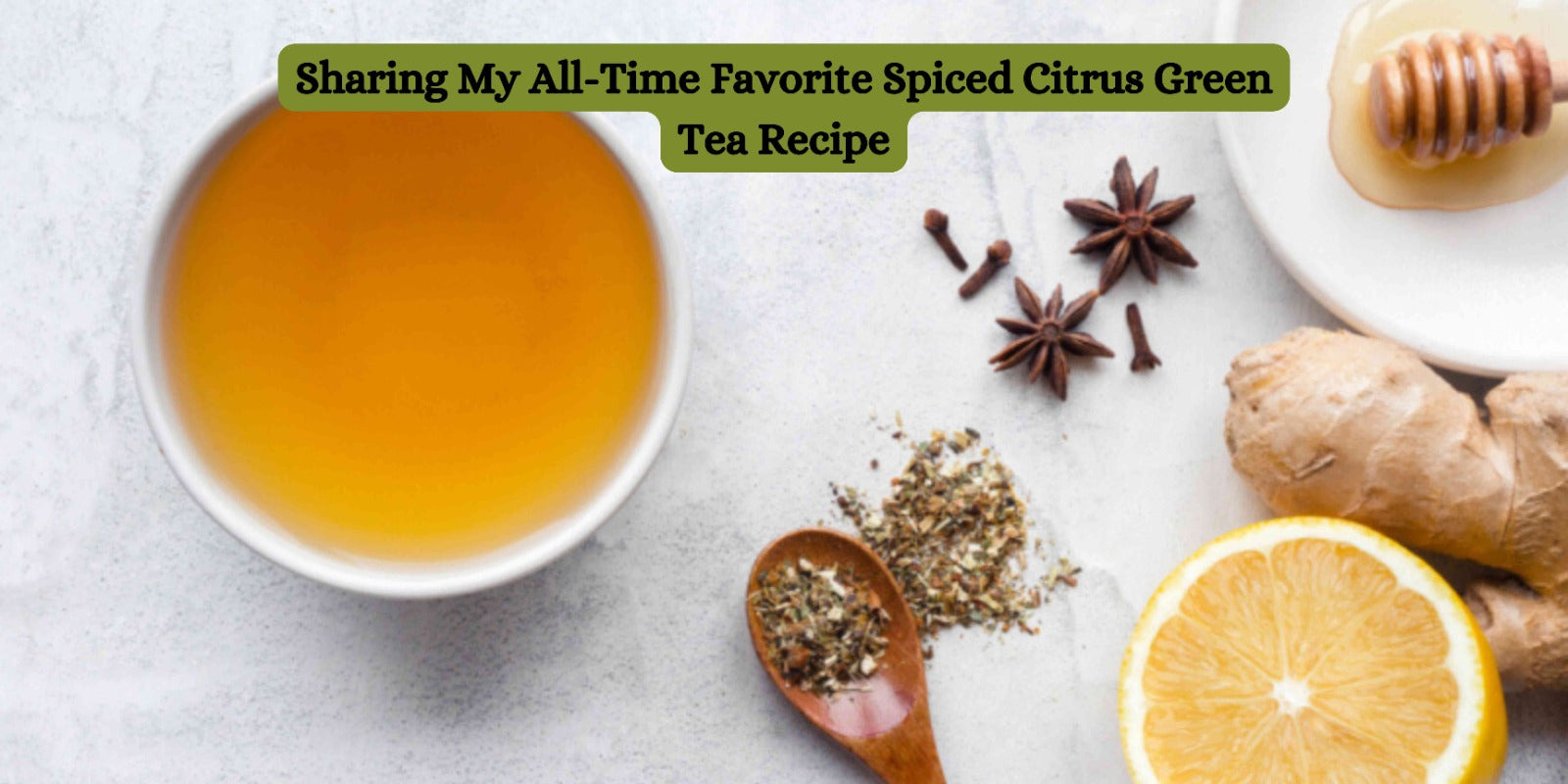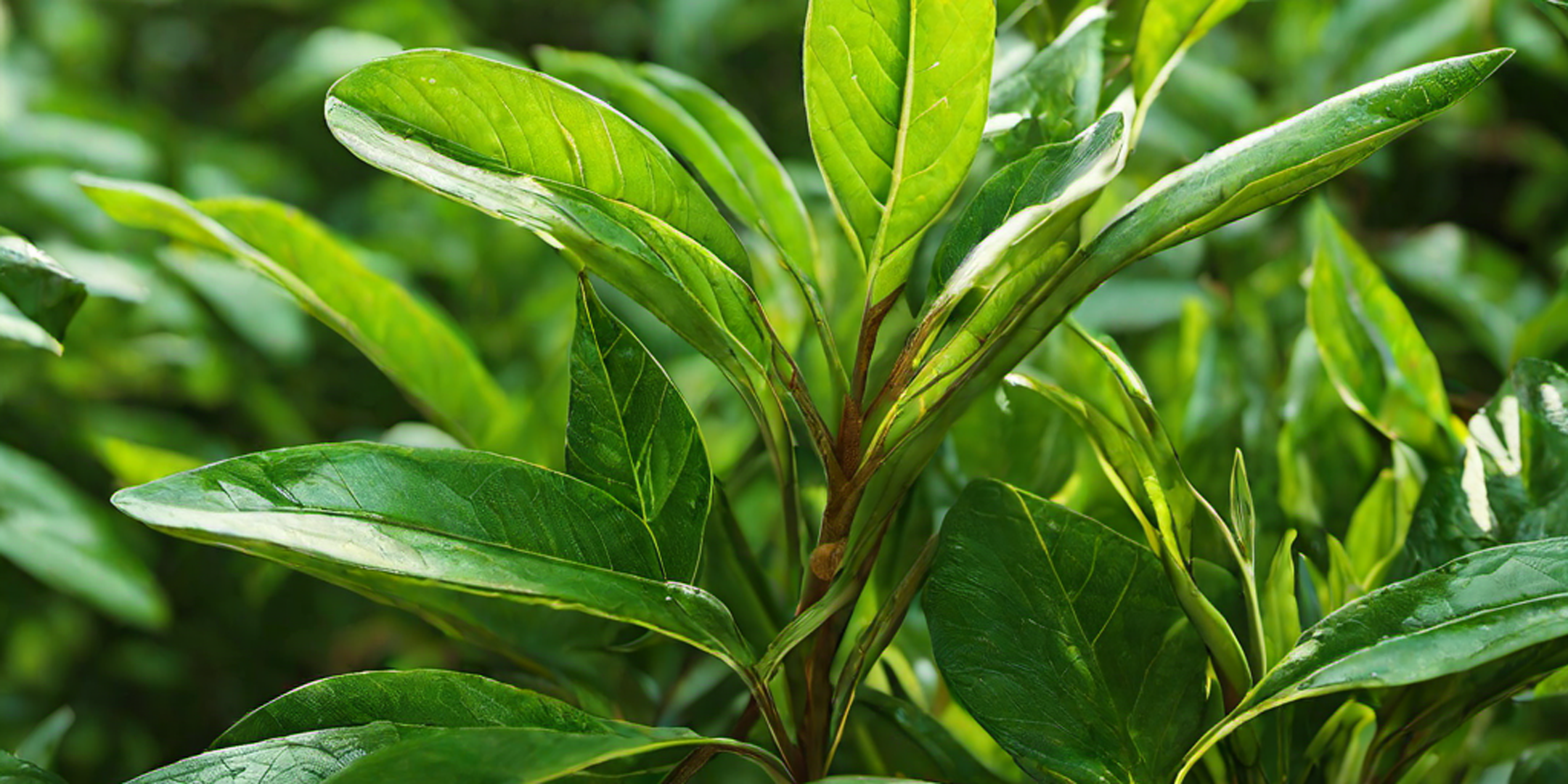If you’ve ever explored the world of tea, you may have come across the phrase "two leaves and a bud." It’s a simple expression, yet it holds deep significance in tea culture. This phrase describes the ideal plucking standard for high-quality tea leaves. But why are two leaves and a bud so special? Why not just one leaf, or an entire branch? Let’s dive into the fascinating story behind this symbol and why it matters in the world of tea.
What Does "Two Leaves and a Bud" Mean?
In simple terms, "two leaves and a bud" refers to the youngest, most tender part of a tea plant that is carefully plucked during harvesting. This includes:
🍃 Two young leaves – These leaves are soft, full of flavor, and have the right balance of nutrients.
🌱 One bud – The bud, also known as the "tip," is the growing part of the plant. It contains concentrated flavors, essential oils, and a high amount of antioxidants.
Tea pickers are trained to harvest only this delicate combination because it produces the finest quality tea with the best taste, aroma, and health benefits.
Why Is This Plucking Standard Important?
You might wonder why tea growers are so specific about picking just two leaves and a bud. The reason lies in quality, flavor, and tradition.
✔ Best Flavor & Aroma – The youngest leaves and buds are rich in essential oils, which give tea its fresh and vibrant taste. Older leaves are thicker, more bitter, and lack the delicate sweetness of young leaves.
✔ Higher Nutritional Value – These young leaves and buds contain more catechins, amino acids, and antioxidants, which contribute to tea’s health benefits. They help in boosting immunity, improving metabolism, and fighting stress.
✔ Tea Culture & Craftsmanship – Many traditional tea-making processes, such as those used in Darjeeling, Assam, and Chinese green teas, follow this standard to ensure that only the best leaves make it into your cup.
By selecting only two leaves and a bud, tea makers preserve the quality and richness of the tea, ensuring a flavorful and refreshing drinking experience.
The Tradition of Hand-Picking Tea
Unlike machine-harvested tea, where entire branches may be cut, the process of picking two leaves and a bud is done by hand. Skilled tea pluckers carefully inspect the plant and pluck only the right combination. This method:
🌿 Protects the tea plant, allowing it to grow and regenerate naturally.
🌿 Ensures consistency in taste across different harvests.
🌿 Prevents unnecessary waste by picking only the most valuable part of the plant.
This traditional harvesting method is still practiced in famous tea regions like Darjeeling, Assam, China, and Japan.
How Does This Affect Different Types of Tea?
The "two leaves and a bud" method is used for making some of the best teas in the world, including:
☕ Green Tea – The young leaves contain more chlorophyll, making green tea vibrant, grassy, and packed with antioxidants.
☕ Black Tea – The buds and young leaves oxidize beautifully, creating rich, malty flavors in Assam and Darjeeling black teas.
☕ White Tea – The highest-quality white teas, like Silver Needle, are made almost entirely from buds, making them sweet and delicate.
☕ Oolong Tea – The semi-oxidation process brings out the floral and fruity flavors of these tender leaves.
Each tea type develops its unique characteristics based on how these leaves and buds are processed.
The Symbolism of "Two Leaves and a Bud"
Beyond its practical significance, "two leaves and a bud" is also a symbol of purity, growth, and craftsmanship in tea culture.
🔸 Purity – It represents the natural and unprocessed beauty of tea, untouched by chemicals or artificial methods.
🔸 Growth & Renewal – Just like a tea plant keeps growing fresh leaves, this phrase symbolizes new beginnings and continuous improvement.
🔸 Tea Maker’s Art – The careful plucking of tea leaves reflects the passion and expertise of tea farmers who dedicate their lives to producing the best tea.
Final Thoughts
The next time you sip your favorite cup of tea, remember that "two leaves and a bud" isn’t just a phrase—it’s a philosophy of quality, tradition, and craftsmanship. This simple harvesting method ensures that your tea is flavorful, healthy, and deeply rooted in centuries of expertise.
So, whether you’re enjoying a delicate green tea or a bold black tea, know that it all started with just two leaves and a bud—picked with care, brewed with love, and shared with joy.




